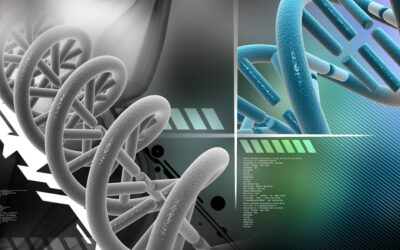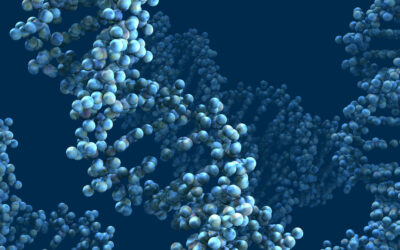I am sometimes asked what computer languages nutrigenomic and nutrigenetic algorithms are written in. The choice of programming language for writing a nutrigenetic algorithm depends on various factors, including the specific requirements of the algorithm, the expertise of the development team, and the availability of libraries or frameworks for genetic algorithms and genetic analysis.
Here are a few programming languages commonly used for developing genetic algorithms and bioinformatics applications:
Python
Python is a popular language for scientific and bioinformatics programming due to its simplicity, readability, and a wide range of available libraries. It has numerous libraries, such as NumPy, SciPy, and Pandas, which provide powerful tools for data analysis, statistical modeling, and genetic algorithm implementation. Python also has libraries for genetic analysis, such as Biopython and PyCogent.
R
R is a programming language specifically designed for statistical computing and data analysis. It offers a comprehensive set of packages for genetic analysis, including Bioconductor, a collection of tools for genomics and bioinformatics. R is widely used in the field of genetics and provides extensive capabilities for statistical modeling and visualization.
Java
Java is a general-purpose language known for its scalability, platform independence, and large ecosystem of libraries. It offers libraries like JGAP (Java Genetic Algorithms Package) specifically designed for genetic algorithms. Java is a good choice for building complex and computationally intensive applications.
C++
C++ is a high-performance language that allows low-level programming and efficient memory management. It is commonly used in computationally demanding applications, including genetic algorithms. C++ provides libraries like GALib (Genetic Algorithm Library) and EO (Evolutionary Computation Framework) for implementing genetic algorithms.
Julia
Julia is a relatively new programming language that combines high-level syntax and performance similar to lower-level languages like C++. Julia is designed for numerical and scientific computing and has growing support for bioinformatics and genetic analysis. It offers libraries like Gen, which provides a high-level programming interface for genetic algorithms.
These are just some of the programming languages that can be used for writing nutrigenomic algorithms. I wrote the algorithms for GenoVive in Visual Basic and C++ to make them easy to run in out Microsoft environment. But I could have chosen other languages. At the end of the day, the best language for writing a nutrigenetic algorithm depends on the specific requirements, the expertise of the development team, and the availability of relevant libraries or frameworks. It is advisable to choose a language that allows efficient implementation, integrates well with genetic analysis tools, and matches the skills and familiarity of the development team.





